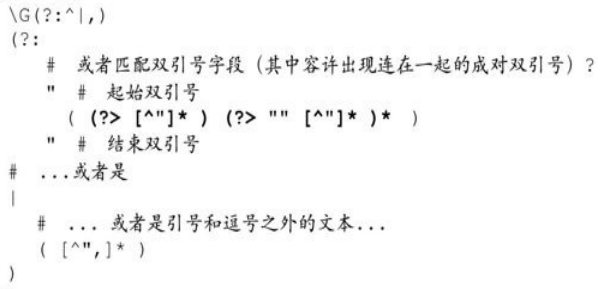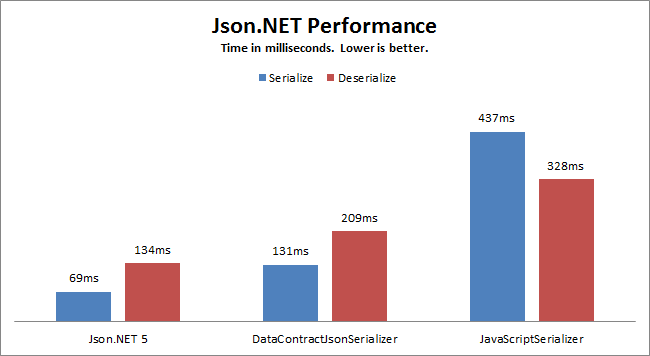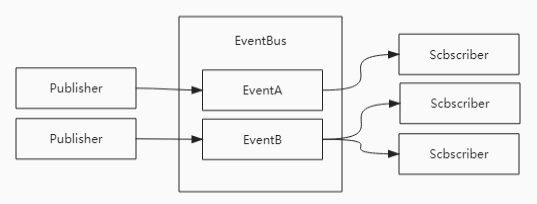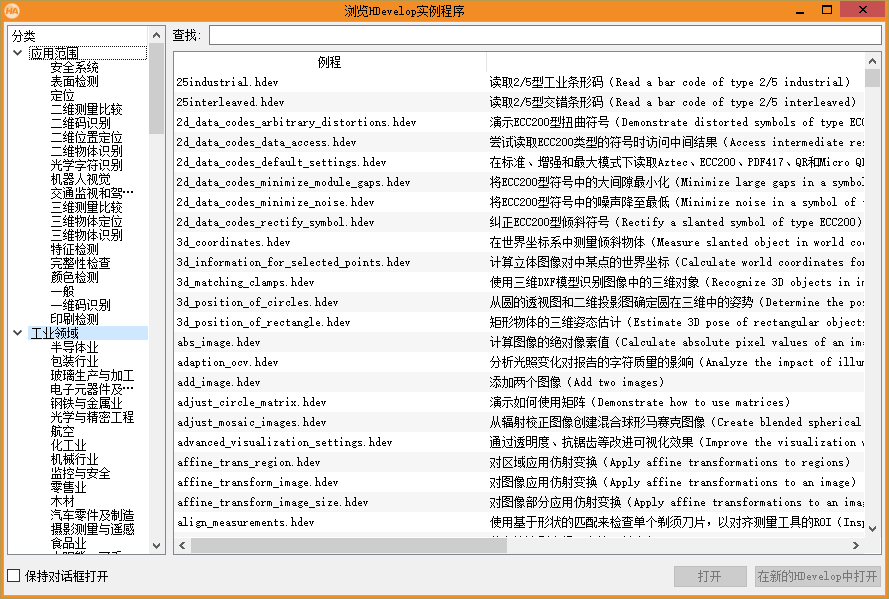我正在查看使用SocketAsyncEventArgs的服务器的源代码,我正在试图弄清楚这不会导致堆栈溢出:
因此调用此代码以允许套接字接受传入连接(向下滚动到底部以查看我的意思):
/// <summary>
/// Begins an operation to accept a connection request from the client.
/// </summary>
/// <param name="acceptEventArg">The context object to use when issuing
/// the accept operation on the server's listening socket.</param>
private void StartAccept(SocketAsyncEventArgs acceptEventArg)
{
if (acceptEventArg == null)
{
acceptEventArg = new SocketAsyncEventArgs();
acceptEventArg.Completed += new EventHandler<SocketAsyncEventArgs>(OnAcceptCompleted);
}
else
{
// Socket must be cleared since the context object is being reused.
acceptEventArg.AcceptSocket = null;
}
this.semaphoreAcceptedClients.WaitOne();
Boolean willRaiseEvent = this.listenSocket.AcceptAsync(acceptEventArg);
if (!willRaiseEvent)
{
this.ProcessAccept(acceptEventArg);
}
}
然后在实际接受连接后调用此代码(请参阅最后一行):
/// <summary>
/// Process the accept for the socket listener.
/// </summary>
/// <param name="e">SocketAsyncEventArg associated with the completed accept operation.</param>
private void ProcessAccept(SocketAsyncEventArgs e)
{
if (e.BytesTransferred > 0)
{
Interlocked.Increment(ref this.numConnectedSockets);
Console.WriteLine("Client connection accepted. There are {0} clients connected to the server",this.numConnectedSockets);
}
// Get the socket for the accepted client connection and put it into the
// ReadEventArg object user token.
SocketAsyncEventArgs readEventArgs = this.readWritePool.Pop();
readEventArgs.UserToken = e.AcceptSocket;
// As soon as the client is connected,post a receive to the connection.
Boolean willRaiseEvent = e.AcceptSocket.ReceiveAsync(readEventArgs);
if (!willRaiseEvent)
{
this.ProcessReceive(readEventArgs);
}
// Accept the next connection request.
this.StartAccept(e); // <==== tail end recursive?
}
看最后一行.它再次调用顶级函数.这怎么不通过这两个函数之间的来回乒乓来溢出堆栈?它似乎是尾端递归,但这不是Haskell所以我不知道这是如何工作的.
我的理解是,这些并没有在线程中被触发,而是由cpu一次执行一次.
解决方法
如果无法立即满足AsyncAccept(或任何AsyncXXX操作),则它将返回true,表示操作将异步完成.发生这种情况时,callback-event最终会在线程池线程上触发.即使它编组回到UI线程(因为它是在那里启动),它也会通过帖子完成.
AsyncAccept很可能返回true,因为除非有真正挂起的套接字连接(请参阅Listen中的backlog),否则您正在等待客户端连接.
因此,StartAccept()将在不调用ProcessAccept的情况下退出,并且当它(和如果)触发时,ProcessAccept可能会在不同的线程上.

 项目中经常遇到CSV文件的读写需求,其中的难点主要是CSV文件...
项目中经常遇到CSV文件的读写需求,其中的难点主要是CSV文件... 简介 本文的初衷是希望帮助那些有其它平台视觉算法开发经验的...
简介 本文的初衷是希望帮助那些有其它平台视觉算法开发经验的... 这篇文章主要简单记录一下C#项目的dll文件管理方法,以便后期...
这篇文章主要简单记录一下C#项目的dll文件管理方法,以便后期... 在C#中的使用JSON序列化及反序列化时,推荐使用Json.NET——...
在C#中的使用JSON序列化及反序列化时,推荐使用Json.NET——... 事件总线是对发布-订阅模式的一种实现,是一种集中式事件处理...
事件总线是对发布-订阅模式的一种实现,是一种集中式事件处理... 通用翻译API的HTTPS 地址为https://fanyi-api.baidu.com/api...
通用翻译API的HTTPS 地址为https://fanyi-api.baidu.com/api...